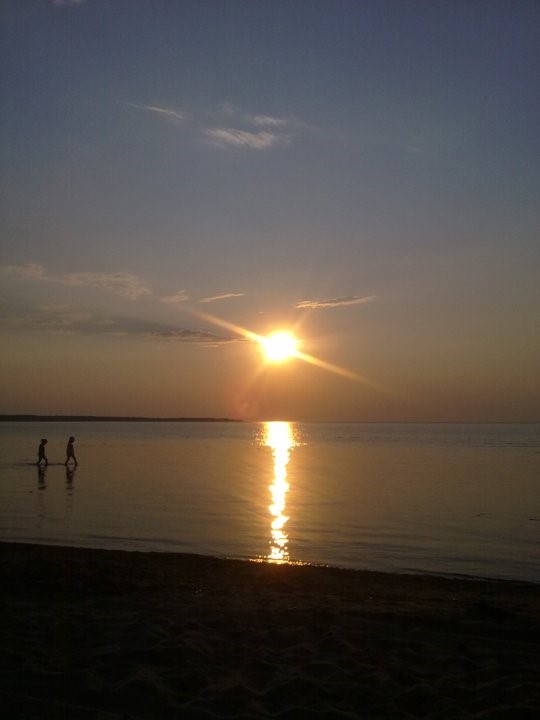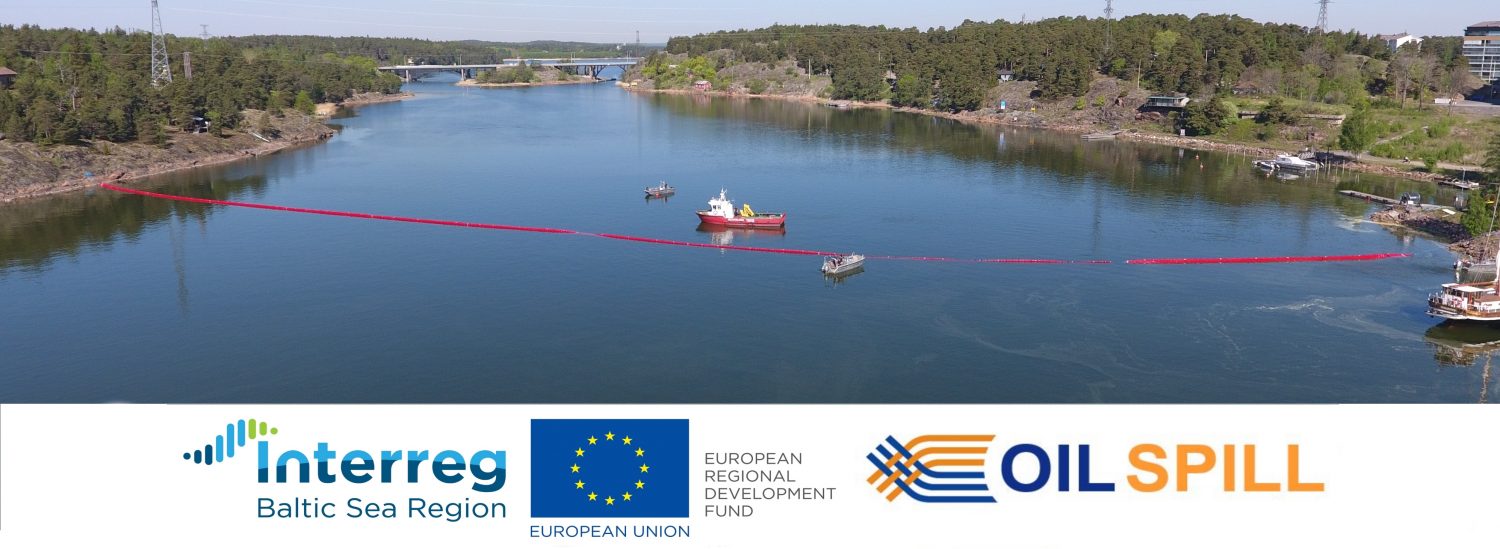The Marine Environment Department of Estonia is Committed to Protecting the Sea (2/3)
In the Marine Environment Department of the Ministry of the Environment (EE), there are seven of us – and each person is very passionate about the sea and protecting it. With a small, yet effective team, it is possible to have good personal relationships and to enjoy each other’s company after work as well.

In our department, we have many topics to deal with on an everyday basis. The work can be categorized into International, Regional and National levels. The main task is to organize the preparation and implementation of the policy for the protection of the marine environment. It includes, for instance, organizing:
- the development of international policy for the protection of the marine environment, the implementation of international agreements regulating the protection and sustainable use of the marine environment both in the marine area under Estonian jurisdiction and in international waters
- the protection and sustainable use of the marine environment of the Baltic Sea, cooperation between the Baltic Sea States in the field of protection of the marine environment in accordance with the Convention on the Protection of the Marine Environment of the Baltic Sea Area and other agreements, strategies or action plans
- the development of the European Union’s policy for the protection and sustainable use of the marine environment and the preparation and implementation of the marine strategy in Estonia
- the environmental safety of activities related to the use of the marine environment, including the processing of applications for environmental permits, coordination of port pollution control plans, international marine surveys and maritime-related plans, initiates, and implements activities to improve the state of the sea
Worrying about our sea
The most significant risk in the Gulf of Finland is the risk of shipping incidents. It is an area with heavy shipping, where the routes of passenger ships, cargo ships and oil tankers departing from and bound for Finnish, Swedish, Russian and Estonian ports cross. The risk of accidents continues to increase, especially at the intersections of shipping traffic: in the direction of Tallinn-Helsinki, Sillamäe-Kotka, and East-West in the Gulf of Finland and the Gulf of Riga.
To improve the situation, strengthening the oil spill response capacity and enhancing cooperation in the Baltic Sea region is necessary. One way to do this is through the Ministry’s participation in the Interreg OIL SPILL Project.
Our involvement in OIL SPILL Project includes mapping the existing situation and identifying current operational oil spill response procedures in case of shallow waters and coastal areas. Also, the development of recommendations for cross-border harmonization of administrative and other procedures is one of the main tasks.
In addition, we review the existing HELCOM Manual (vol 1-3) and prepare recommendations to the HELCOM and other umbrella organizations. We also organize seminars and other meetings with Project Partners and relevant stakeholders and, of course, participate in different networking events and conferences.
Identifying relevant organizations for governmental – NGO partnerships and determining umbrella-organizations for NGO’s is also part of the work, and so is gaining experience from other regions’ cooperation, which is extremely interesting.
If all of us make an effort to protect our sea, anything is possible! Let’s keep our Baltic Sea tidy together!
Text: Agnes Unnuk and Agni Kaldma, Ministry of Environment, Estonia


Leave a Reply